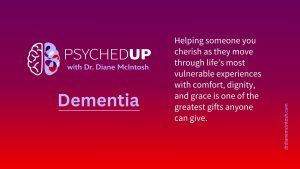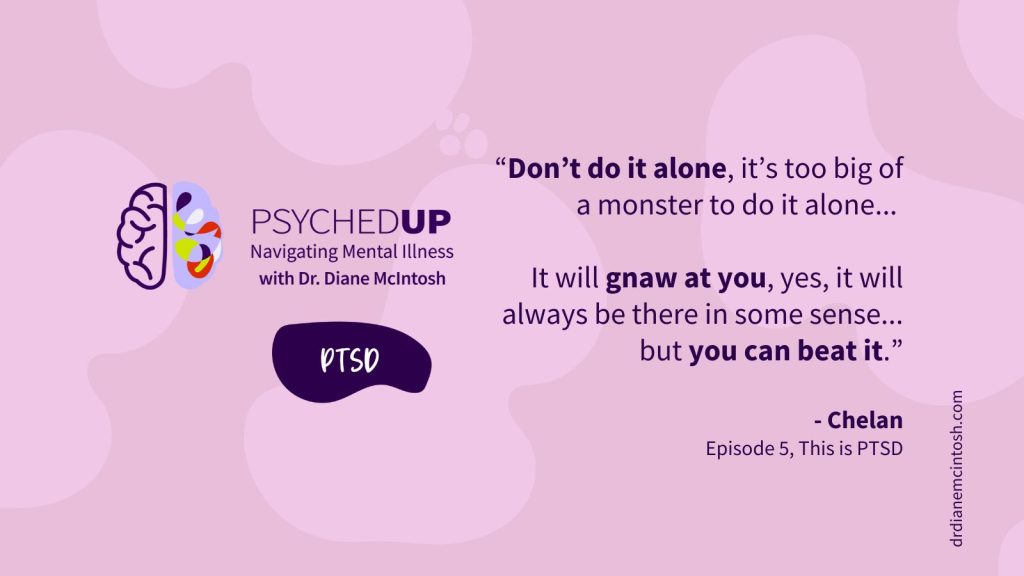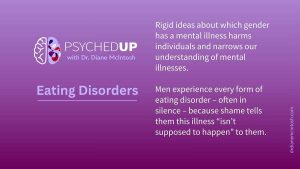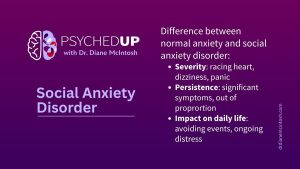Post-traumatic stress disorder doesn’t just affect soldiers; it can affect anyone who has experienced trauma. But treatment can help.
Chelan, now 51, considers herself an average person. “I’m a pretty nerdy, casual, kind of laid-back person — there’s not a lot to me,” says the mother of two, both in their 20s.
But a trauma in Chelan’s past continues to haunt her. Her marriage had broken down, so she told her husband she wanted to separate. His response was horrifying. “He had been getting increasingly irritable but I had no idea what was coming next,” she recalls. “He kicked the door of the guest room open, flicked the lights on, had a rifle pointed at my head, and shots were fired.”
Although the bullets missed her and her then one-year-old daughter, over the next five hours she fought for their lives, as he repeatedly physically and sexually assaulted her. They were lucky to escape. Her husband died by suicide when the police arrived. “I became a single parent in the blink of an eye. My world was irrevocably changed,” Chelan shares.
This terrifying experience left an indelible mark. “I have not had a good night’s sleep in 22 years,” says Chelan. “Every night, I go to bed, I fight for my life. I fight for my child’s life.”
“Every time I close my eyes, it is something I don’t wish on anyone.”
Chelan lives with post-traumatic stress disorder or PTSD. “PTSD is a condition that results from exposure to a terrifying or horrifying, potentially life-threatening event, either as a witness or through direct personal experience,” says Dr. Diane McIntosh, psychiatrist and founder and CEO of Rapids Health.
PTSD commonly includes re-experiencing symptoms, which can make people feel like they’re actually reliving the traumatic event again, says Dr. McIntosh. Re-experiencing comes in many forms, such as intrusive recurrent memories of the traumatic event, nightmares or flashbacks. These symptoms understandably provoke intense distress and anxiety. “Having PTSD can make normal day-to-day life experiences intolerable,” she added.
Dr. McIntosh says that PTSD rarely results from a single traumatic event. “My patients often have a number of traumas in their background, for instance, childhood abuse, often without realizing those experiences are still exerting a heavy toll. Sometimes, one seemingly minor event can be the ‘straw that broke the camel’s back’, provoking the onset of PTSD symptoms. That minor incident might not be severe enough, on its own, to cause PTSD, but it’s enough, on top of a history of traumatic events, to provoke the disorder .” she adds.
Traumatic events, like any scary situation, provoke the nervous system to go into overdrive to protect us from harm. It’s called the ‘fight or flight response,’ says Dr. McIntosh. “There’s increased heart rate and blood pressure and more blood flows to your muscles so you can run. You’re hyper-alert, you’re ready to act. With PTSD, that fight or flight response doesn’t turn off. With time, this can lead to actual structural and functional brain changes that maintain the PTSD symptoms.
Chelan endured years of frightening symptoms – horrible nightmares and daily anger, fear, anxiety and hypervigilance—before she got a diagnosis.




